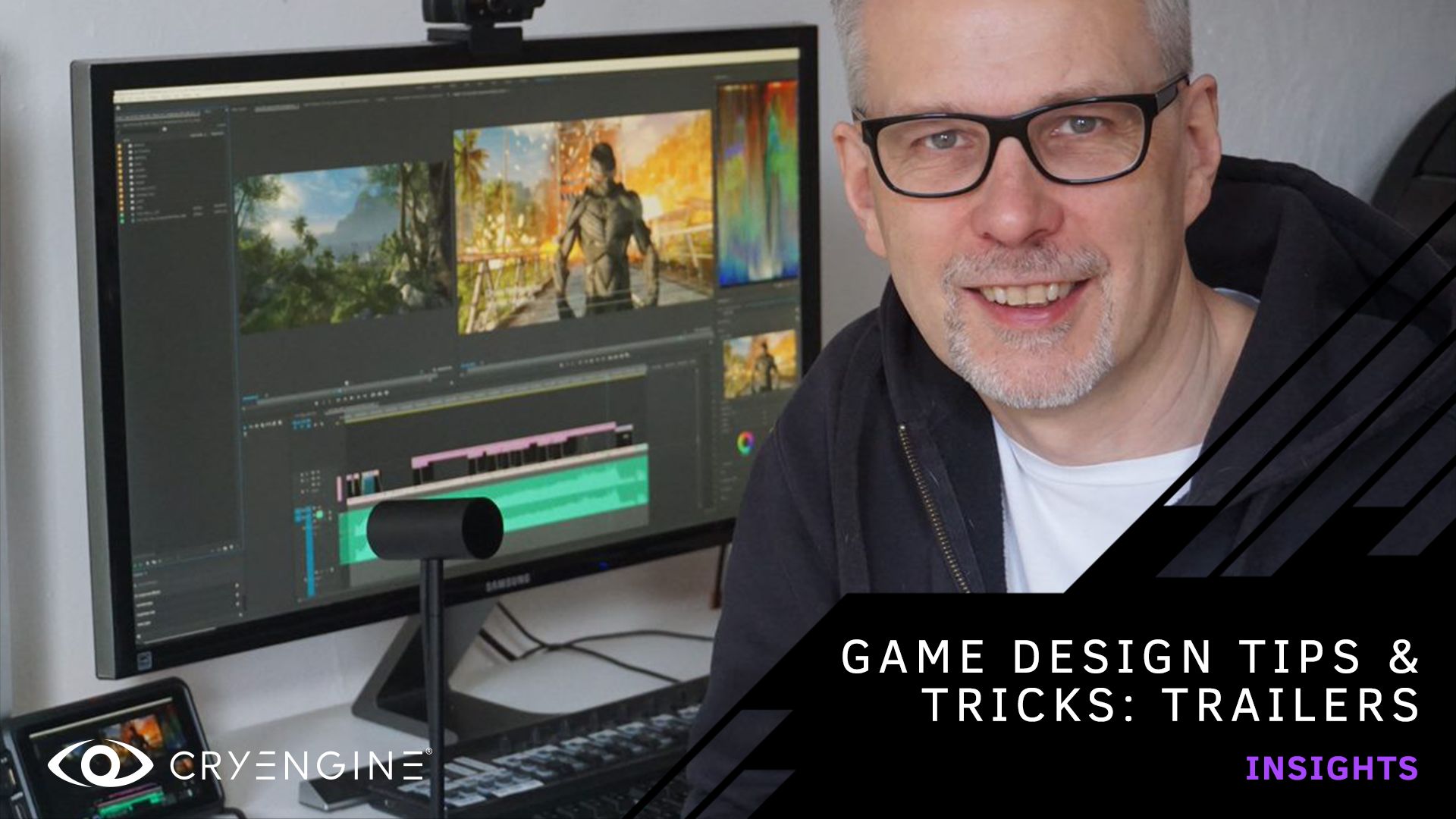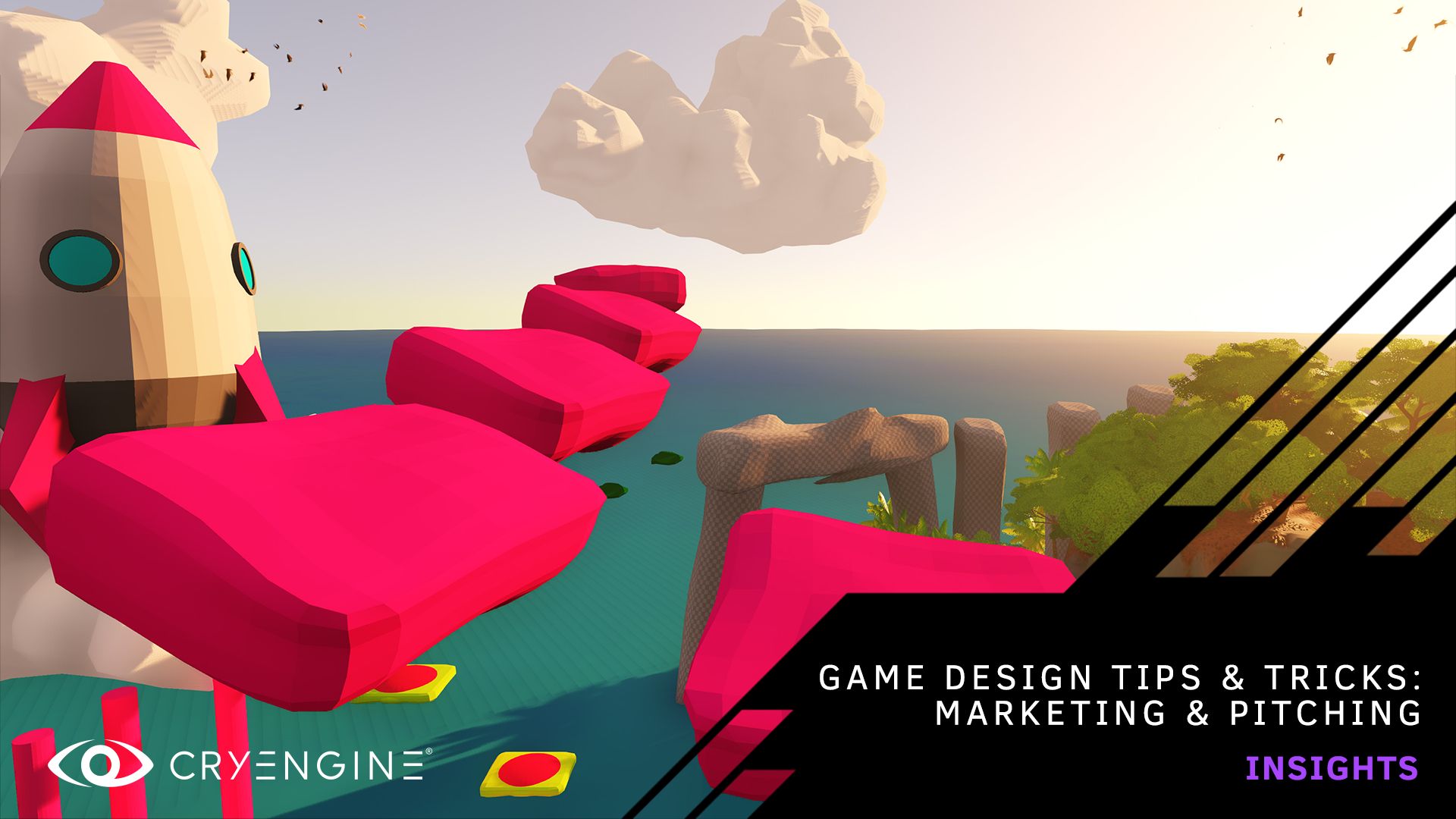
How particle effects make the difference for Hunt: Showdown
Alexander Weiß, VFX Intern for Hunt: Showdown, reveals the power of particles in CRYENGINE, tips on workflows for your project, and his journey from aspiring student to working on a AAA game.
We’re committed to helping the next generation of game developers achieve their vision. In addition to supporting developers of all kinds, from solo outfits to established studios making worldwide hits, we also want to provide a pathway for the most promising talent to work at Crytek. Alexander Weiß is just one of those people and, as part of his studies at SAE Institute, is working on Hunt: Showdown. Today, Alexander tells his story, revealing tips and tricks about working with particle effects, and gives his advice to developers who want to create particle effects with gameplay and visual impact.
“Originally I am from Bonn, but I am studying Game Art and 3D Animation in Cologne at the SAE Institute. Viktor Ikkes, Senior Cinematic Designer for Hunt: Showdown, contacted me after one of my friends had given him my email address when they met at devcom. He told me that they are always looking for talent at Crytek, including in the area of VFX. I felt that where I was at that moment, I wouldn’t be able to meet Crytek’s high expectations. But I was desperate to join the studio and had to come up with a way to get access to their team. Viktor gave me loads of advice, and suggested that I create a portfolio and apply as an intern. So I spent the next few weeks intensively working on my portfolio, applied, and got the gig.
“The internship runs alongside my studies at SAE Institute. I undertook a project there where I realized just how important particle effects are for computer games. Particle effects enhance the visual appearance of the game and help to display physical effects such as shockwaves or propulsion effects. Particle effects can be continuous effects such as jet engine efflux or smoke trails, or one-time effects such as explosions or glowing sparks.
“On the one hand PFX are important because they provide feedback for the player and on the other hand they support immersion in the game. The more I studied the subject, the more I became hooked. As part of my thesis I want to create a particle showcase which will be available on CRYENGINE’s marketplace so that anyone can use them to make their own games. Beyond that, I want to encourage other artists to create their own particle effects by showing them how the powerful Particle Editor in CRYENGINE works.

“The current version of the Particle Editor in CRYENGINE V offers a lot out-of-the-box rendering features to create simple and complex particle effects. It makes it very easy to assemble a component out of visual and behavior parts. In combination with a powerful modifier stack, creating effects is very easy. These components can then be combined to achieve the effect you want.”

“I enjoy making all kinds of different effects, but most of all I like to make environment effects like leaves, insects, fire, water, and fog. One of my contributions to Hunt: Showdown that you can see in game right now is the fog that is featured in the foggy day setting, and it was really fun to make. When we received the task to make the fog, we started discussing what we thought were the coolest fog effects. Together with the environment and lighting artists we determined which effects were needed. We narrowed down the effects to three components. First we needed effects that would always be around the player to give some details in the fog . A second effect needed to make it look like the fog is moving along the terrain, and a third effect was required for areas that needed a higher fog density at a specific spot. When I started to work on them, I first looked for textures that might be helpful. After finding these textures I had to think about behavior and attributes like color, opacity, and movement like wind. After creating the effects we had to look at how they affected the performance of the game. The biggest issue with particles is their transparency, as they are slower to render compared to opaque objects. This gets even worse when many transparent objects cover a lot of screen area and overlap to build up multiple layers. The tricky part is to find a sweet spot on how few sprites you can show to deliver your envisioned effect without wasting too much performance.”

“I’ve also worked on other particles for the game. Of course, I love explosions and so I often think about how to create true-to-life explosions. First of all I watch and study videos of explosions from real life, and then I try to build them in CRYENGINE. So I was excited when I got the opportunity to create a fireball explosion for Hunt. I spent ages working at the effect, but when I took it to the game design team they said it wasn’t what they were looking for. It needed to be much bigger! Obviously, that’s the best kind of feedback. So I went back to work on it and now it’s huge and pretty cool. ”

“Another challenge was to create an underwater explosion. Initially, it doesn’t look that spectacular but it has a large impact in the game. You can only see how the water shoots up into the air, but for the game it’s important to create an explosion that causes the same damage as other explosions. This is the same challenge that we met when we built an explosion that occurs in shallow water. But here we also had to think about how much water is likely to shoot up. And what else would be thrown up into the air? Will there be fire in this kind of explosion? To reach the final result I decided to create a new effect with combined features from both an underwater explosion and an explosion on dry land. ”

“Working on Hunt Showdown is really rewarding because I work with talented colleagues who come from all around the world, which makes for a really creative atmosphere. Furthermore, you get valuable and constructive feedback. Working on an Early Access game has many perks, as not only can I see how I contribute to the progression of Hunt: Showdown, as well as seeing it shape up in all departments, I also see how my work adds to the player experience through their feedback.”
“One of the most valuable things I have learned is that for a functioning workflow to deliver quality work, it’s important to have good time management. In addition, I had to learn that performance optimization is a must. Viktor has really helped me on my journey and, after six months, I feel like I am making valid contributions to the team and adding to the development of a AAA gaming experience.”
“CRYENGINE is a powerful tool for creating particles because you can manage complex procedures with a relatively small amount of expenditure. Also, the structure of CRYENGINE is logical, clear, and its user friendly interface makes it fun to work with. Sadly, there is no such thing as a ‘make it awesome’ button in CRYENGINE yet, but if you want to see how powerful the engine is for particles I’d recommend giving it a try. The documentation pages can help you to understand the Particle Editor, so even if you’re just starting out with particles, or any aspect of development, just give it a go. And don’t be afraid to show your work to others, and pick up as much feedback as you can. If you get stuck, you can reach out on channels like the CRYENGINE Community Discord, where people are friendly and eager to help.”
You can check out a tutorial on how to create powerful particle effects with CRYENGINE linked in the article below. If you’re interested in Crytek for your next job, or first job, head over to our careers page.
TUTORIAL: https://www.cryengine.com/news/introduction-to-particle-fx
As ever, we love to hear your feedback, so get in touch in the comments, on Discord, the forum, or via Facebook, and Twitter.
- Your CRYENGINE Team



